Home>Furniture & Design>Bathroom Accessories>What To Do If Your Bathtub Won’t Drain?
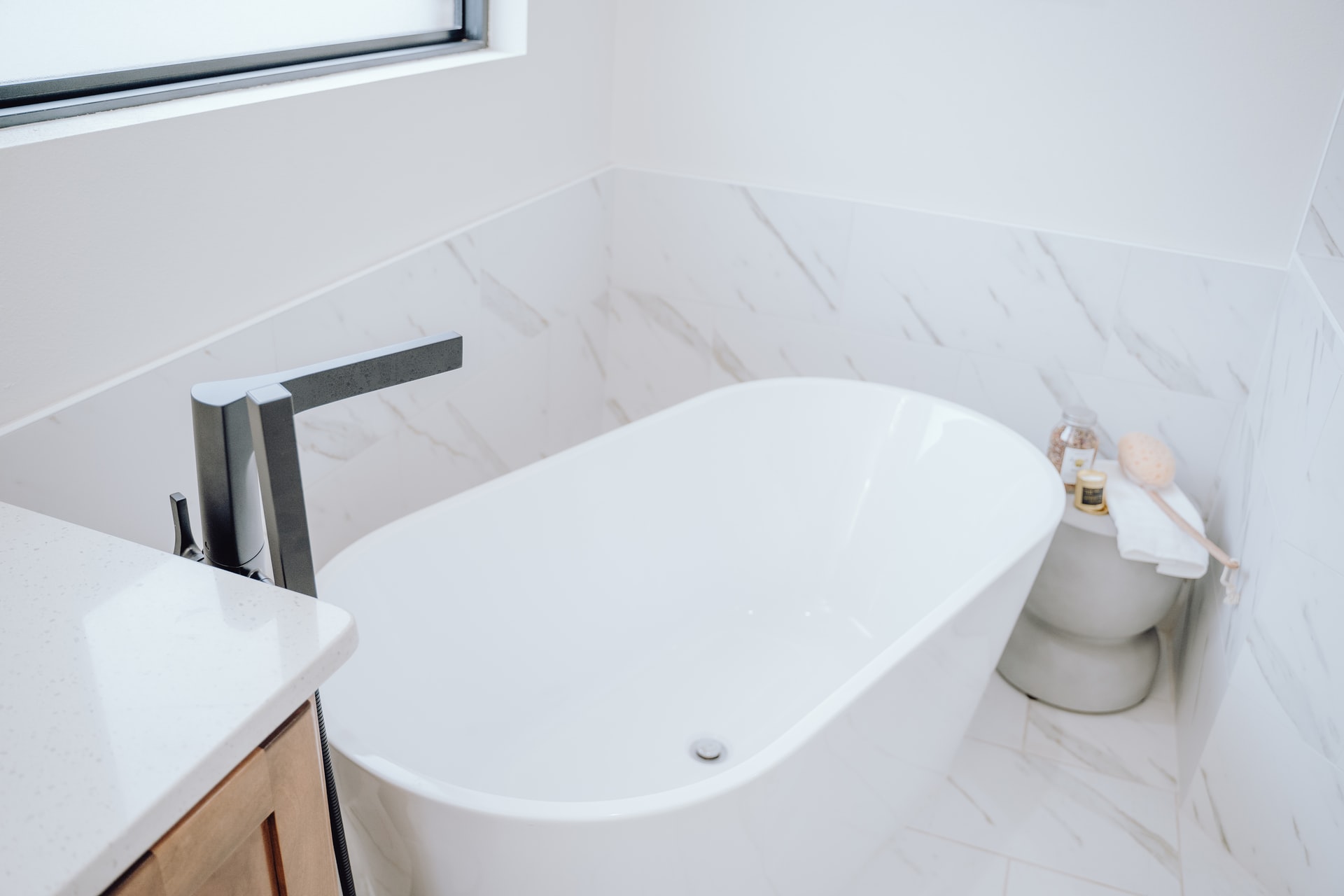

Bathroom Accessories
What To Do If Your Bathtub Won’t Drain?
Modified: March 2, 2024
Discover effective solutions for a clogged bathtub drain with our top bathroom accessories. Say goodbye to drainage issues and enjoy a hassle-free bathing experience.
(Many of the links in this article redirect to a specific reviewed product. Your purchase of these products through affiliate links helps to generate commission for Storables.com, at no extra cost. Learn more)
Common Causes of Bathtub Drain Clogs
A clogged bathtub drain can be a major inconvenience, disrupting your daily routine and causing frustration. Understanding the common causes of bathtub drain clogs can help you prevent them in the future and address the issue effectively when it arises.
-
Hair Accumulation: One of the primary culprits behind bathtub drain clogs is hair accumulation. As we shower or bathe, loose strands of hair can easily find their way into the drain, eventually forming a dense blockage that impedes water flow.
-
Soap Scum Buildup: Over time, the residue from soap and body wash can accumulate along the walls of the drain pipes, leading to the formation of a sticky, stubborn substance known as soap scum. This buildup can trap other debris and contribute to drain blockages.
-
Foreign Objects: Accidentally dropping items such as jewelry, small toys, or even shampoo bottle caps down the drain can result in clogs. These objects can obstruct the flow of water and create a blockage that requires immediate attention.
-
Mineral Deposits: In areas with hard water, mineral deposits can accumulate within the drain pipes over time. These deposits, primarily consisting of calcium and magnesium, can constrict the flow of water and contribute to clogs.
-
Excess Dirt and Grime: When we rinse off after a long day, dirt, and grime can wash off our bodies and accumulate within the drain. Over time, this buildup can lead to clogs, especially when combined with other substances like hair and soap scum.
Understanding these common causes of bathtub drain clogs can empower you to take proactive measures to prevent them. Regular maintenance, such as using drain covers to catch hair and debris, can significantly reduce the likelihood of clogs. Additionally, being mindful of what goes down the drain and implementing routine cleaning practices can help maintain optimal drain function.
By familiarizing yourself with these common causes, you can be better prepared to address potential clogs and maintain a smoothly flowing bathtub drain.
Key Takeaways:
- Say goodbye to bathtub clogs! Prevent hair, soap scum, and foreign objects from blocking your drain by using drain covers and practicing routine cleaning. Keep your bathtub flowing smoothly!
- DIY first, plumber last. Try boiling water, baking soda, plunger, or drain snake to unclog your bathtub. If all else fails, call a professional plumber for expert help.
Read more: What To Do If Your Toilet Wont Flush
DIY Methods to Unclog a Bathtub Drain
Dealing with a clogged bathtub drain can be a frustrating experience, but before reaching for the phone to call a professional plumber, there are several effective do-it-yourself (DIY) methods that you can try to unclog the drain. These methods are often simple, cost-effective, and can help restore the flow of water in your bathtub.
1. Boiling Water
Boiling water is a straightforward yet surprisingly effective method for clearing minor clogs in bathtub drains. Carefully pour boiling water directly into the drain, allowing it to work its way through the blockage. The heat can help dissolve and dislodge soap scum, grease, and other substances that may be causing the clog.
2. Baking Soda and Vinegar
This classic DIY solution can help break down clogs and eliminate foul odors. Start by pouring a cup of baking soda down the drain, followed by a mixture of one cup of vinegar and one cup of hot water. The resulting chemical reaction can help dislodge debris and clear the drain. After letting the mixture sit for about 10-15 minutes, flush the drain with hot water to wash away the loosened clog.
3. Plunger
Using a plunger designed for drains, create a tight seal around the drain and plunge vigorously to dislodge the clog. This method is particularly effective for removing blockages caused by hair and other debris. Ensure that there is enough water in the bathtub to cover the bottom of the plunger, as the added pressure can aid in dislodging the clog.
Read more: Why Dishwasher Wont Drain
4. Drain Snake or Wire Hanger
For more stubborn clogs, a drain snake or a straightened wire hanger can be used to physically remove the blockage. Insert the snake or hanger into the drain and maneuver it to break apart or pull out the clog. This method may require some patience and dexterity, but it can be highly effective in clearing persistent blockages.
5. Wet/Dry Vacuum
If you have a wet/dry vacuum, you can use it to remove clogs from the bathtub drain. Set the vacuum to liquid suction mode and create a tight seal around the drain opening. The suction power can help dislodge and remove the clog, restoring proper drainage.
By employing these DIY methods, you can often resolve minor bathtub drain clogs without the need for professional assistance. However, if the clog persists despite your efforts or if you encounter recurring drainage issues, it may be time to seek the expertise of a licensed plumber to address the underlying problem.
Using Chemical Drain Cleaners
Chemical drain cleaners, also known as drain openers, are widely available in the market and are often considered a quick and convenient solution for clearing stubborn bathtub drain clogs. These products typically contain powerful chemicals, such as sodium hydroxide (lye) or sulfuric acid, designed to dissolve organic matter, hair, soap scum, and other debris that contribute to drain blockages.
When using chemical drain cleaners, it is crucial to follow the manufacturer's instructions carefully and take necessary safety precautions. This includes wearing protective gloves and eyewear to shield against potential splashes or fumes. Additionally, ensure that the area is well-ventilated to minimize exposure to the chemicals.
To apply a chemical drain cleaner, begin by carefully pouring the recommended amount directly into the bathtub drain. It is important to avoid splashing or spilling the product onto surrounding surfaces, as it can cause damage to finishes and materials. Once the cleaner is in the drain, allow it to work for the specified duration as indicated on the product label.
The chemical components in the drain cleaner initiate a chemical reaction upon contact with the clog, breaking down the obstruction and allowing water to flow freely through the drain. After the designated time has elapsed, flush the drain with hot water to help wash away the dissolved debris and residual cleaner.
While chemical drain cleaners can be effective in clearing certain types of clogs, it is important to be mindful of their potential drawbacks. These products contain harsh chemicals that can be corrosive and damaging to certain types of pipes, particularly older or delicate materials such as PVC or older metal pipes. Prolonged or frequent use of chemical drain cleaners can weaken the integrity of the pipes, leading to potential leaks or structural damage.
Furthermore, chemical drain cleaners pose environmental concerns due to the release of toxic substances into the water supply. Improper disposal of leftover chemicals can contribute to pollution and harm aquatic ecosystems. As such, it is advisable to use chemical drain cleaners sparingly and consider alternative methods when possible.
In instances where chemical drain cleaners prove ineffective or if there are concerns about their potential impact on plumbing systems, seeking professional plumbing services is recommended. A licensed plumber can assess the nature of the clog, determine the most suitable approach for clearing it, and address any underlying issues that may be contributing to the recurrent clogging.
When used judiciously and in accordance with safety guidelines, chemical drain cleaners can serve as a temporary solution for addressing stubborn bathtub drain clogs. However, it is essential to weigh the potential risks and benefits while exploring alternative methods to maintain the integrity of the plumbing system and minimize environmental impact.
Calling a Professional Plumber
When all attempts to unclog a bathtub drain using DIY methods or chemical drain cleaners have proven ineffective, or if the clog recurs frequently, it may be time to seek the expertise of a professional plumber. A licensed plumber possesses the knowledge, experience, and specialized tools necessary to address complex drain clogs and underlying plumbing issues effectively.
Upon contacting a professional plumber, they will conduct a thorough assessment of the bathtub drain and the associated plumbing system. Using diagnostic tools such as drain cameras, the plumber can identify the precise location and nature of the clog, as well as any potential structural issues within the pipes. This comprehensive evaluation enables the plumber to formulate a targeted and efficient plan for resolving the clog.
Professional plumbers have access to advanced equipment and techniques designed to tackle stubborn drain clogs. Hydro-jetting, a high-pressure water jetting method, can be employed to forcefully clear out accumulated debris, mineral deposits, and grease buildup within the drain pipes. This powerful process effectively flushes out obstructions and restores optimal water flow without causing damage to the plumbing system.
In cases where the clog is attributed to more complex issues such as tree root infiltration, pipe misalignment, or deteriorated pipe materials, a professional plumber can provide expert solutions. They may recommend pipe repair or replacement to address underlying structural concerns and prevent future clogging incidents. By leveraging their expertise, plumbers can implement long-term remedies that promote the efficient function and longevity of the plumbing system.
Furthermore, engaging the services of a professional plumber ensures compliance with local building codes and regulations. Plumbers are well-versed in industry standards and best practices, guaranteeing that the repair or maintenance work is executed in accordance with established guidelines. This adherence to regulatory requirements contributes to the safety, reliability, and longevity of the plumbing infrastructure.
In addition to resolving the immediate clog, professional plumbers can offer valuable insights and recommendations for preventing future drain issues. They may suggest proactive measures such as regular drain cleaning, installation of drain screens or traps, and guidance on proper maintenance practices to mitigate the risk of recurring clogs.
By entrusting the resolution of stubborn bathtub drain clogs to a professional plumber, homeowners can benefit from comprehensive solutions, expert guidance, and the assurance of a properly functioning plumbing system. The expertise and resources that professional plumbers bring to the table can effectively address persistent clogs and contribute to the long-term health and efficiency of the residential plumbing infrastructure.
Frequently Asked Questions about What To Do If Your Bathtub Won't Drain?
Was this page helpful?
At Storables.com, we guarantee accurate and reliable information. Our content, validated by Expert Board Contributors, is crafted following stringent Editorial Policies. We're committed to providing you with well-researched, expert-backed insights for all your informational needs.
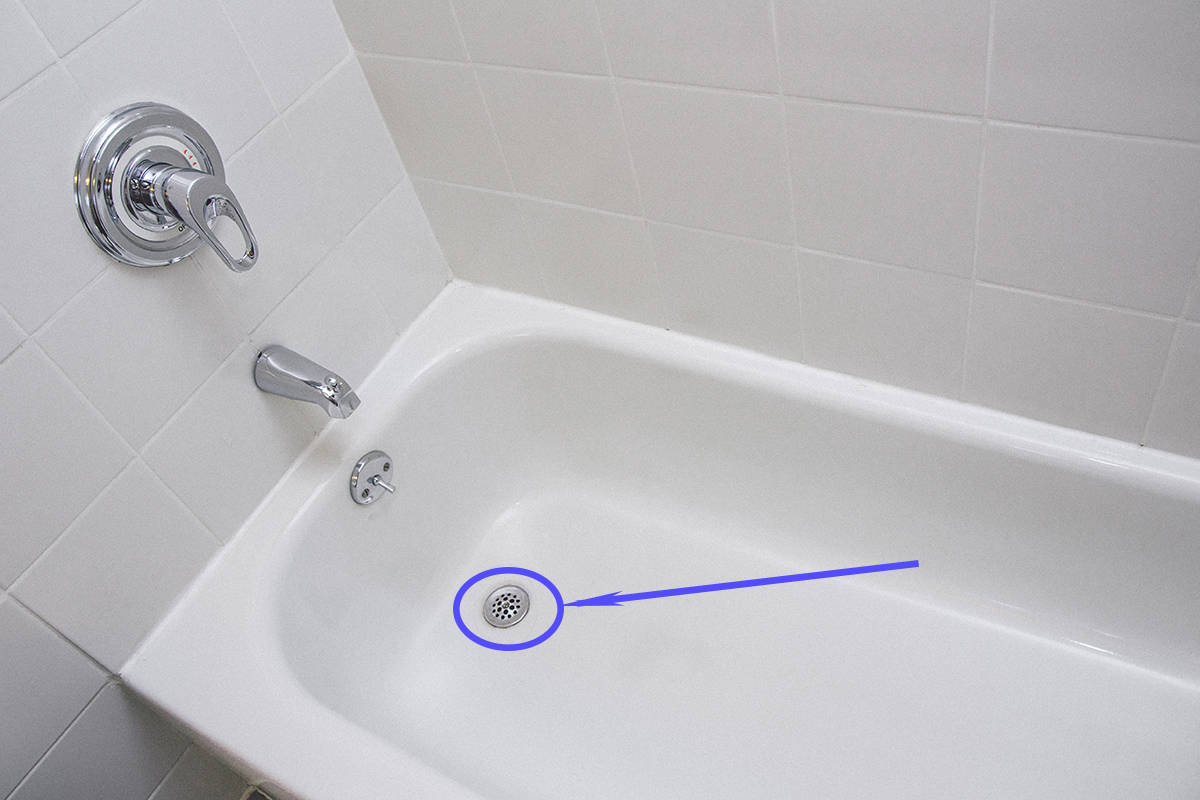
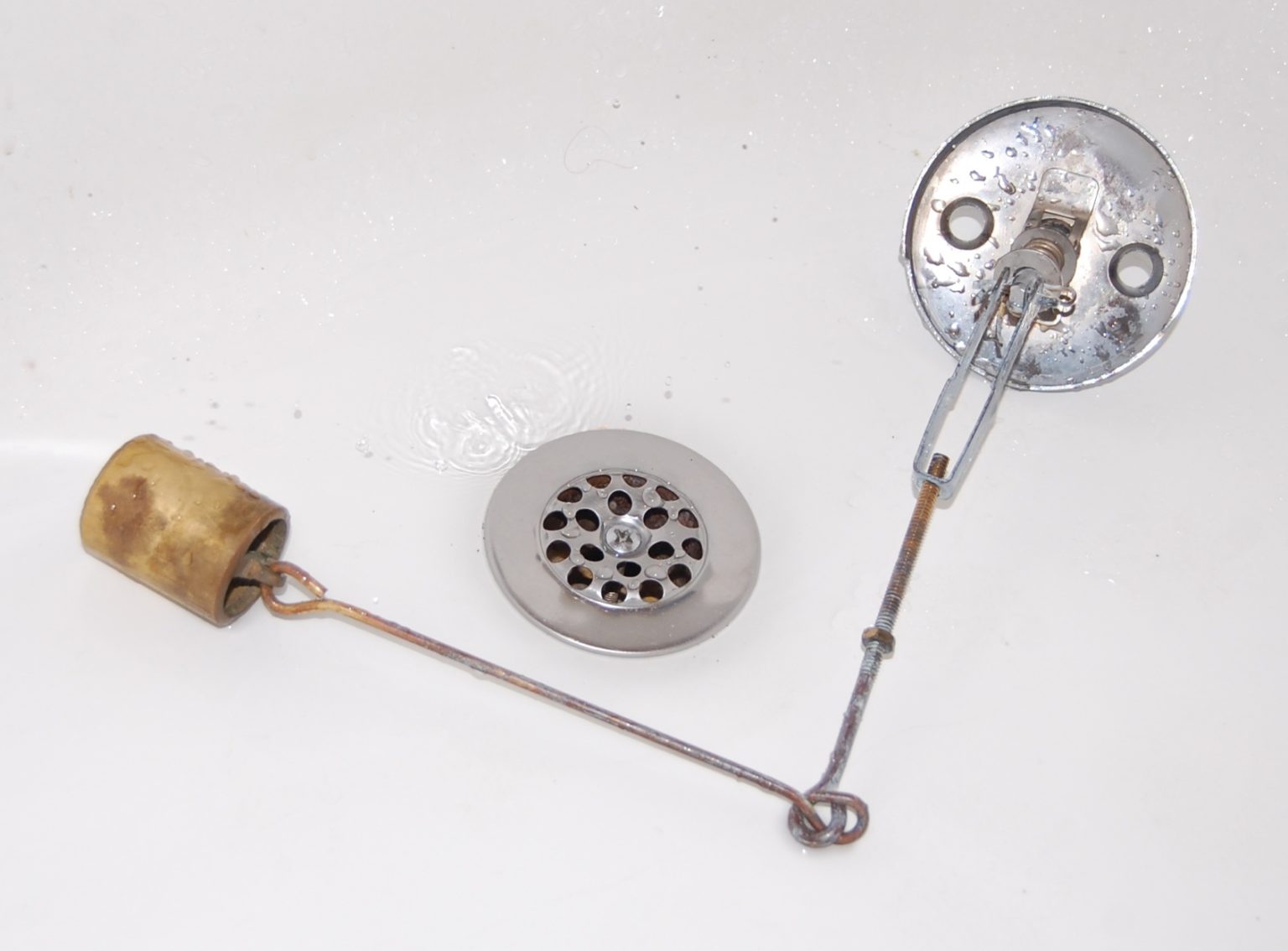
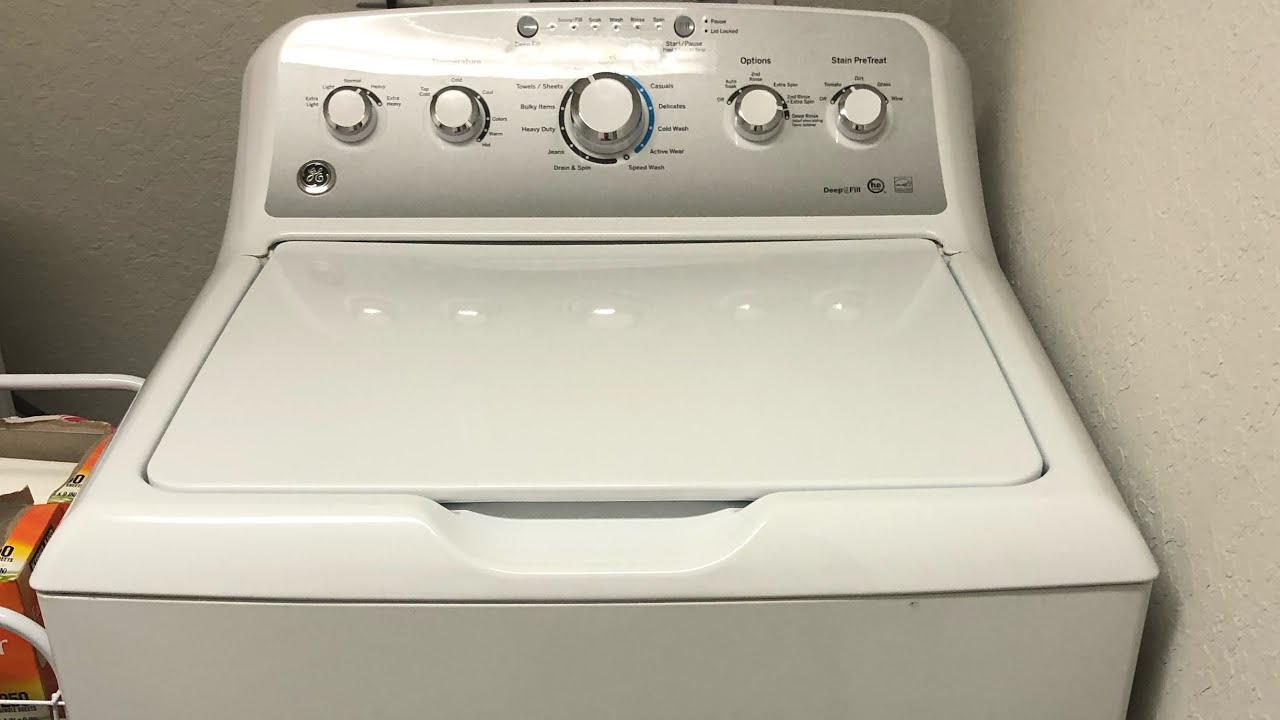
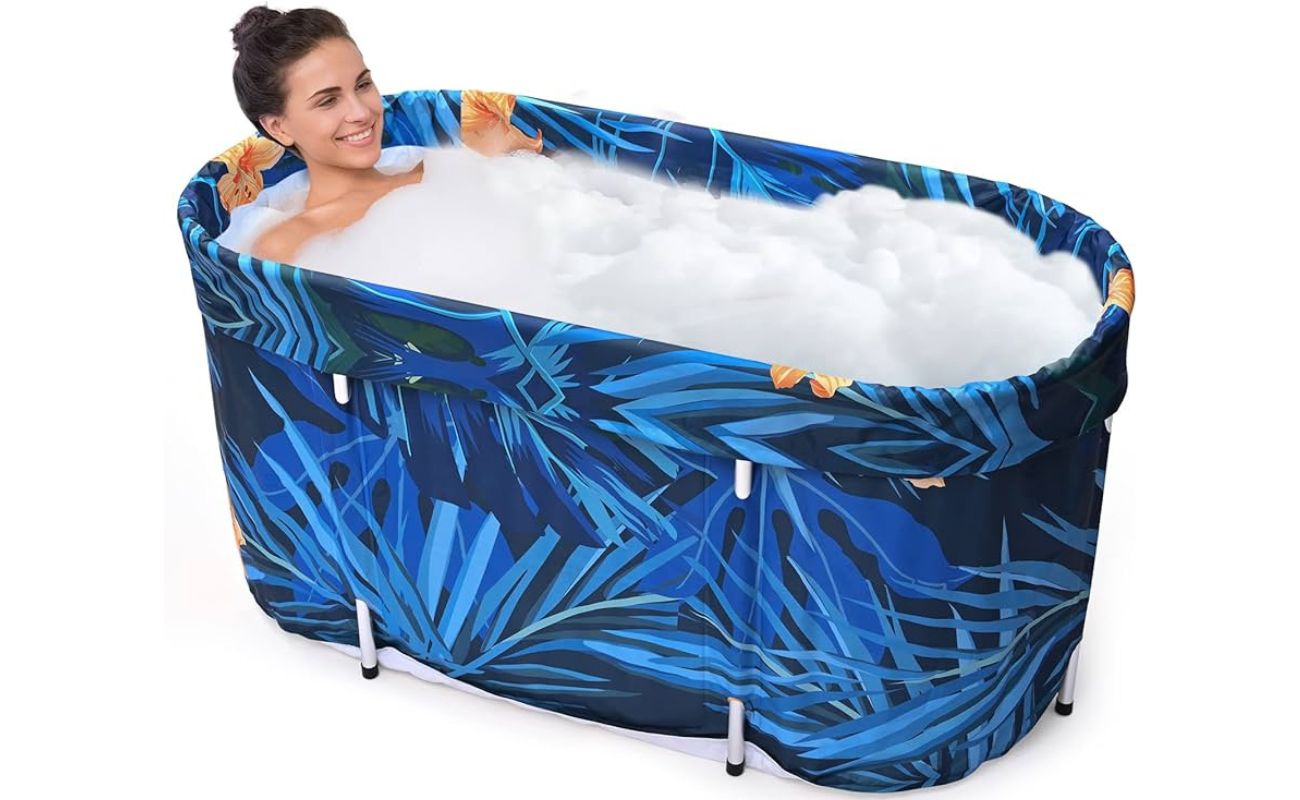
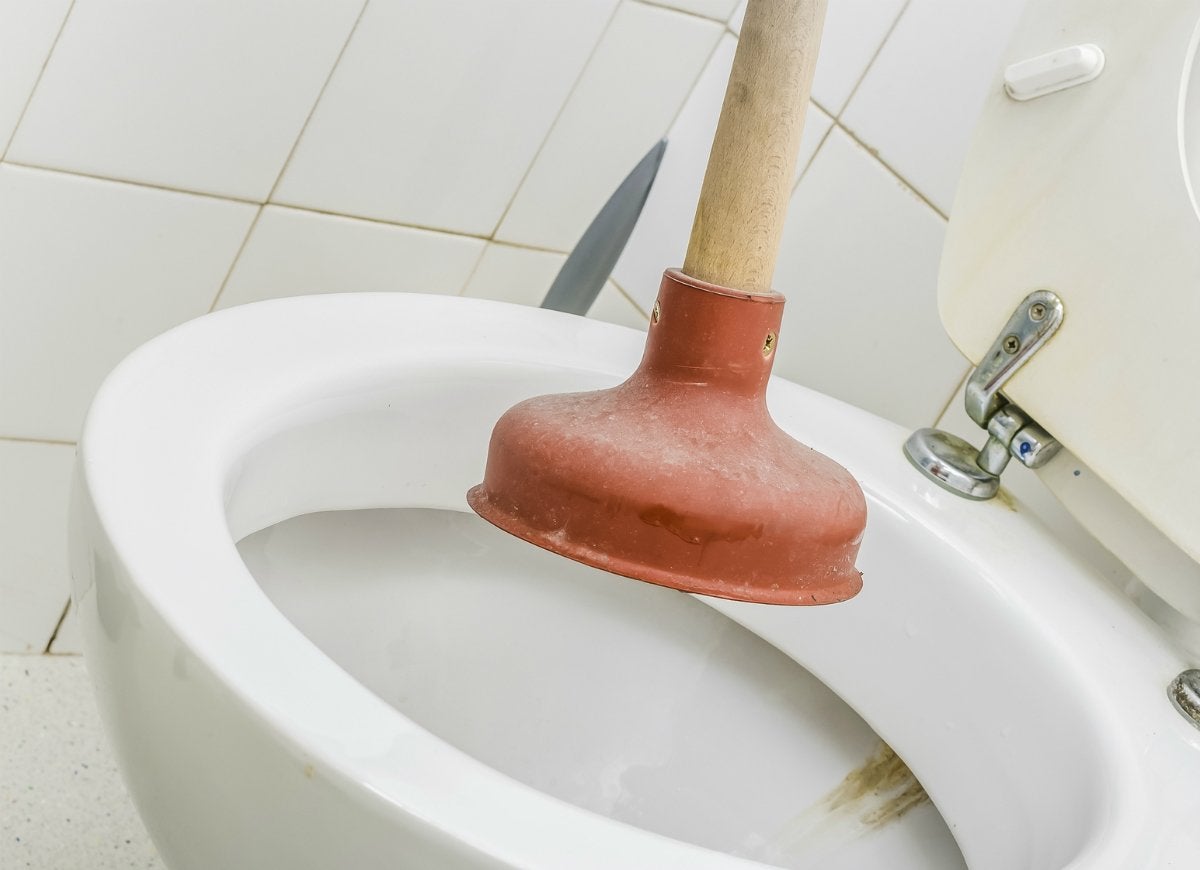

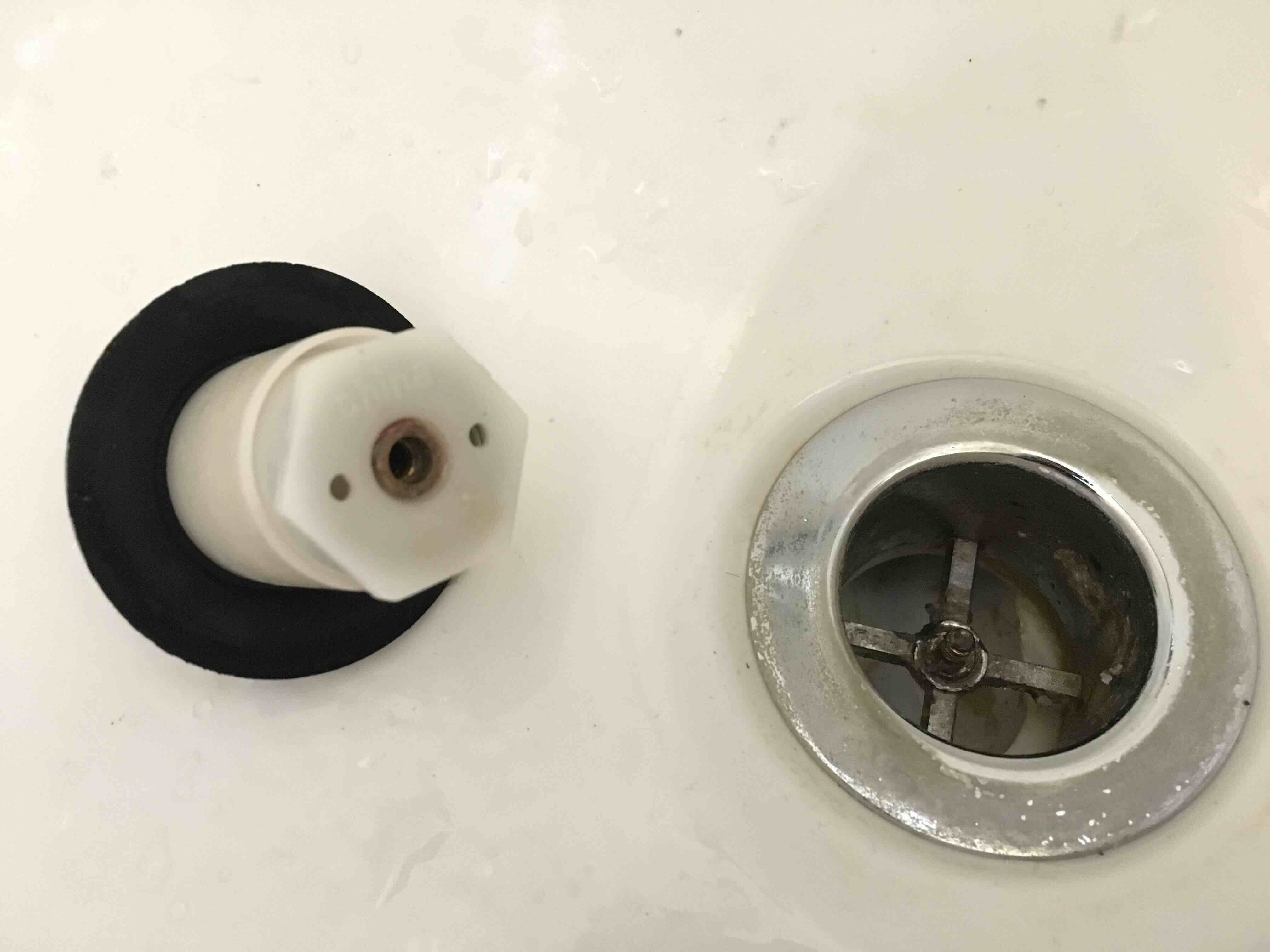
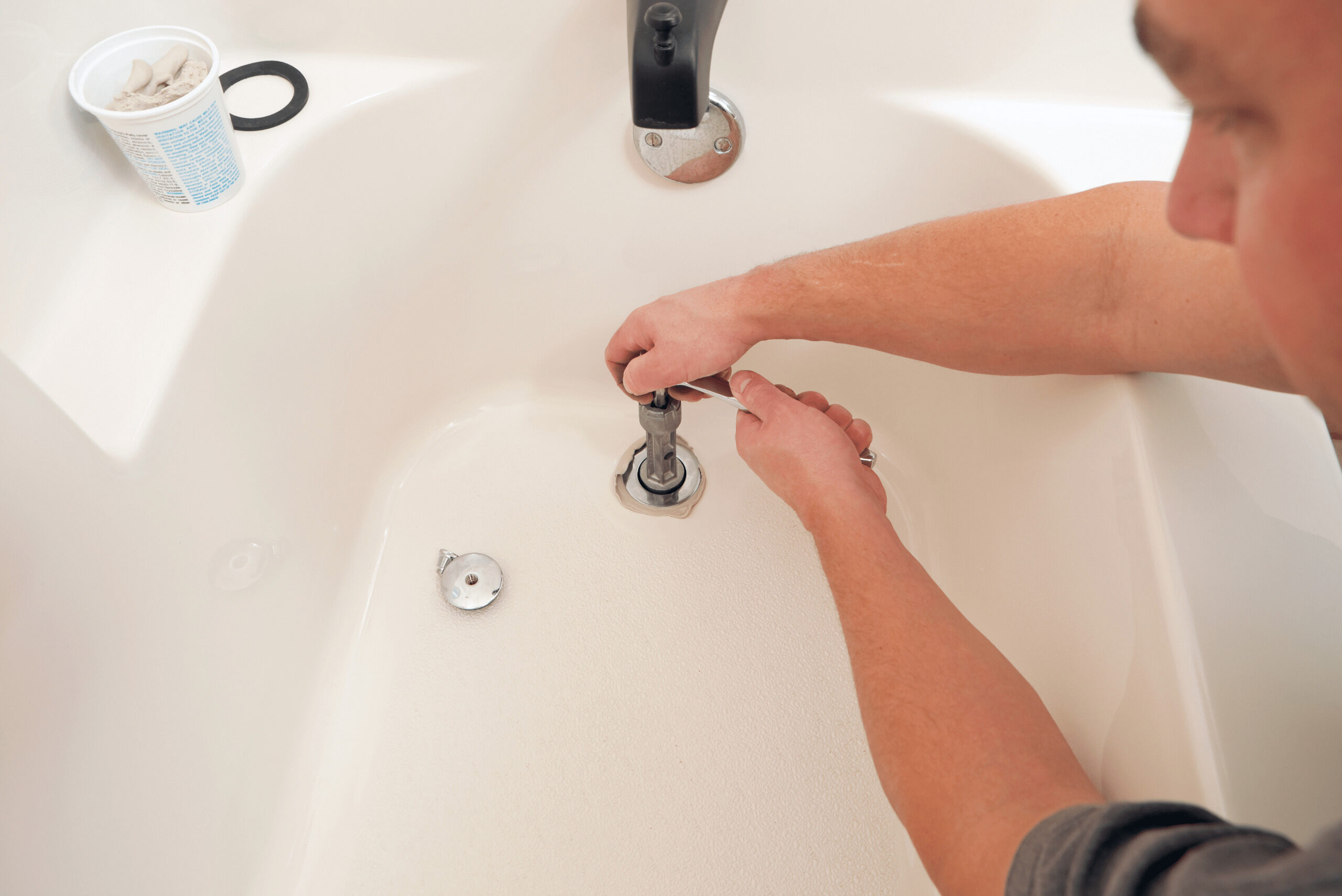

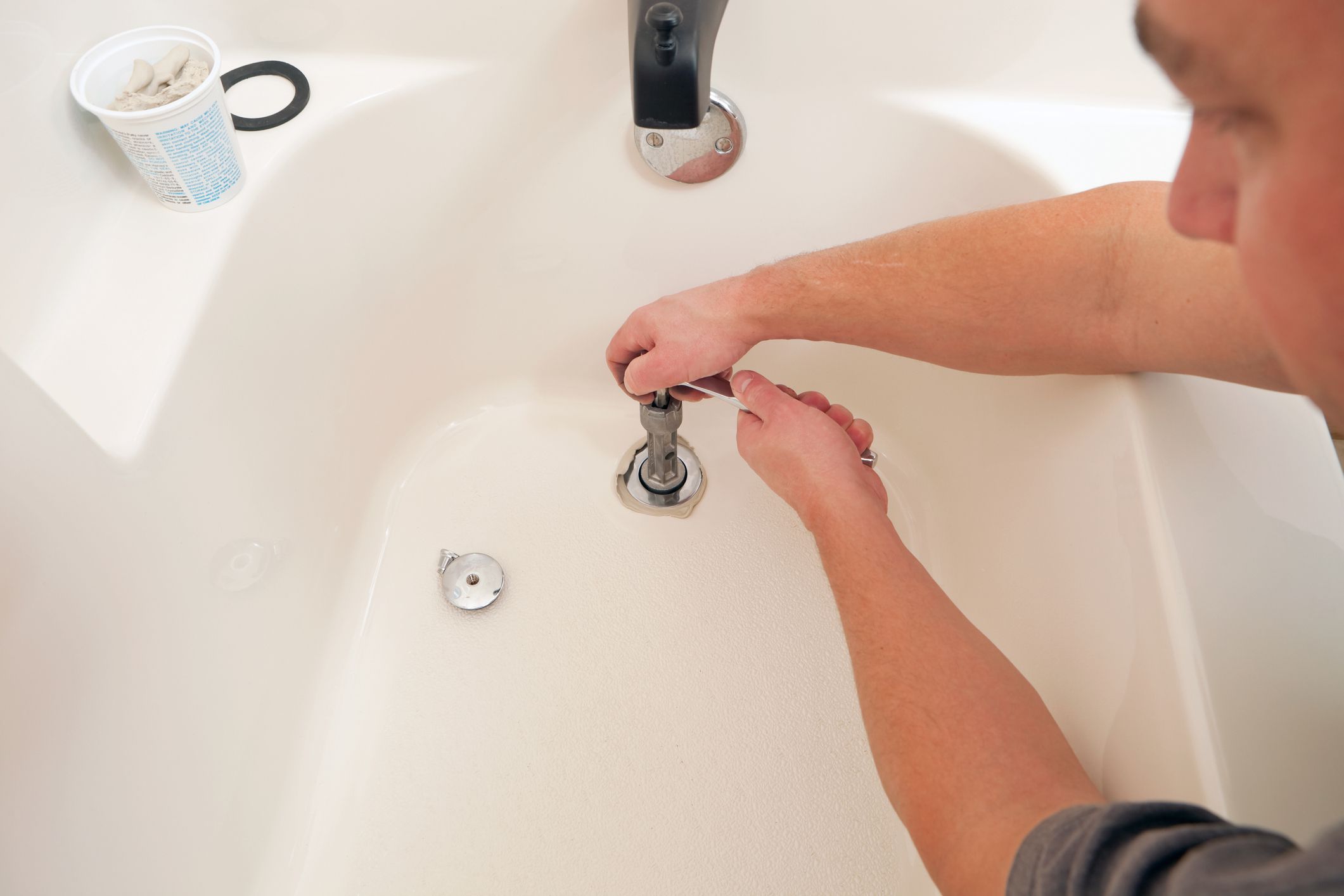
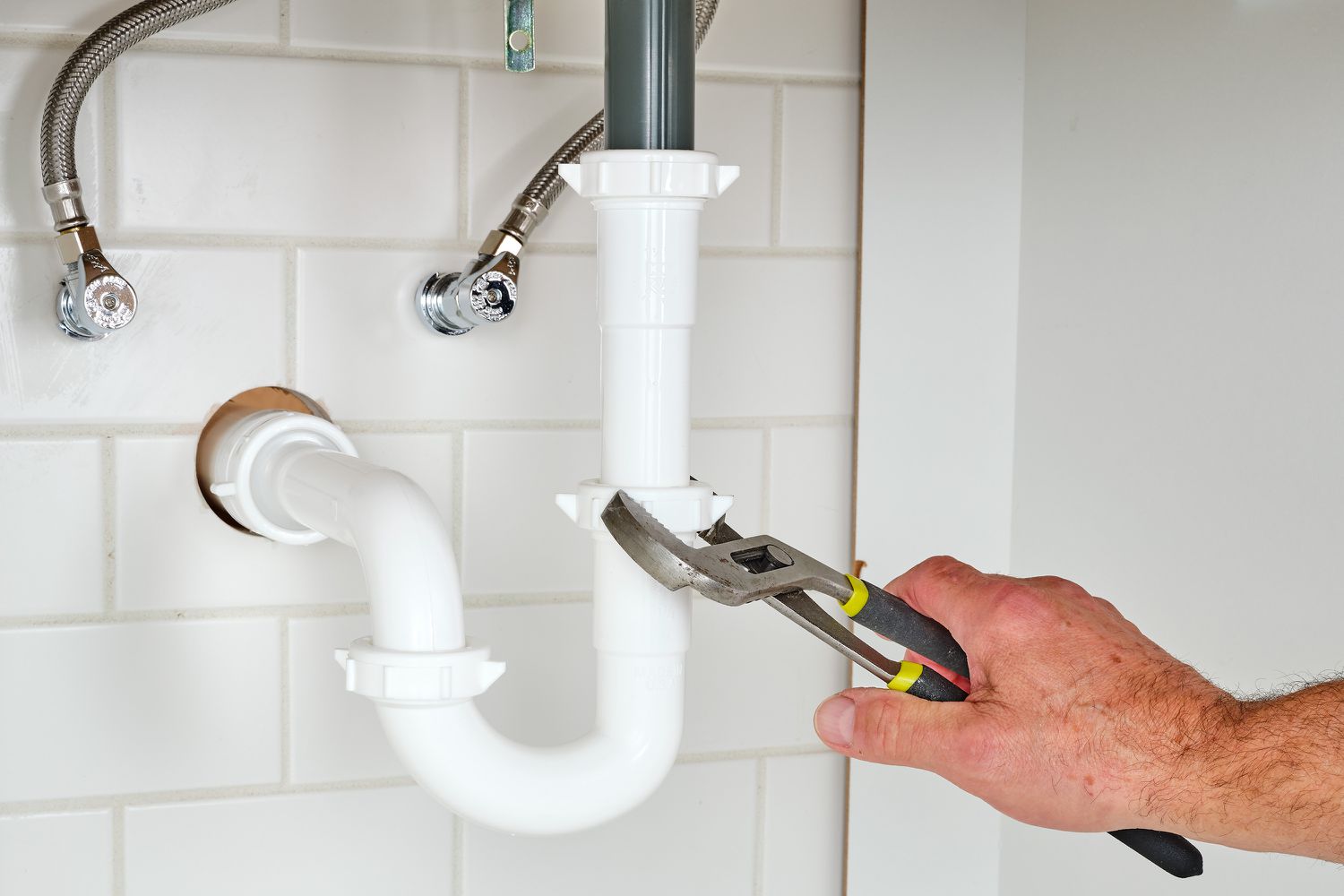
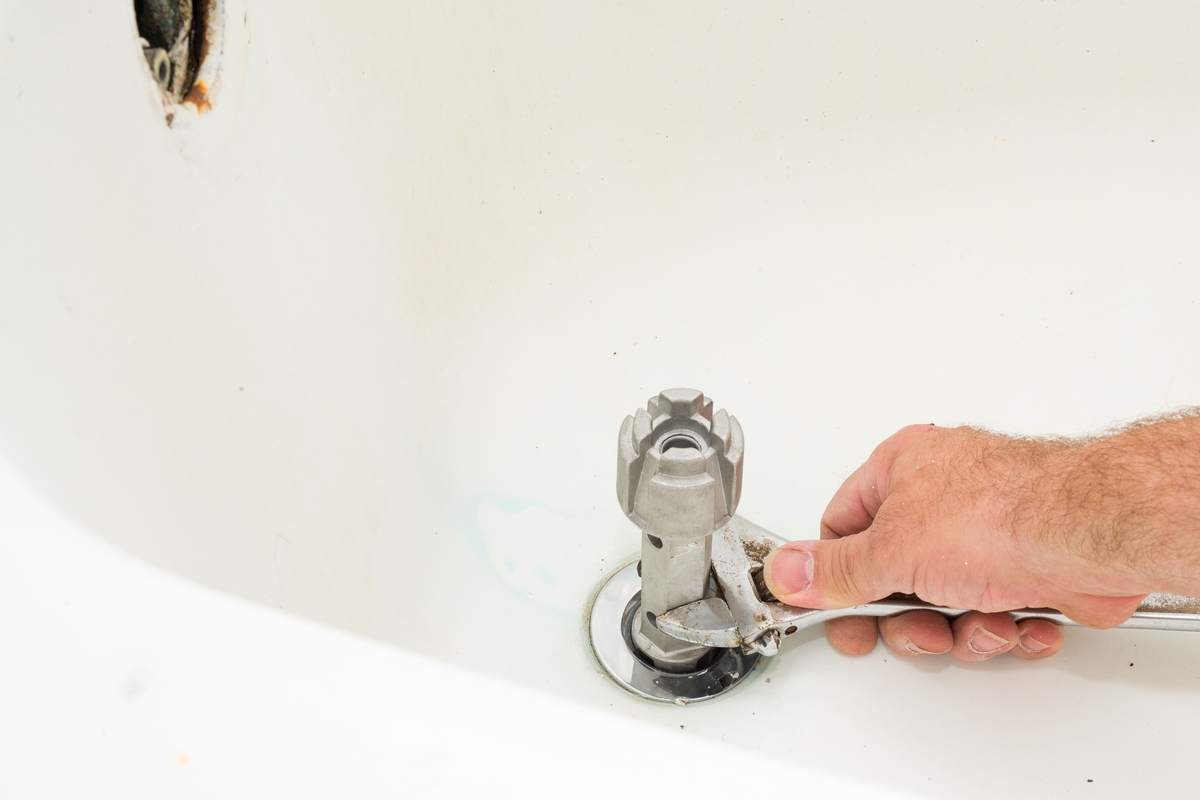
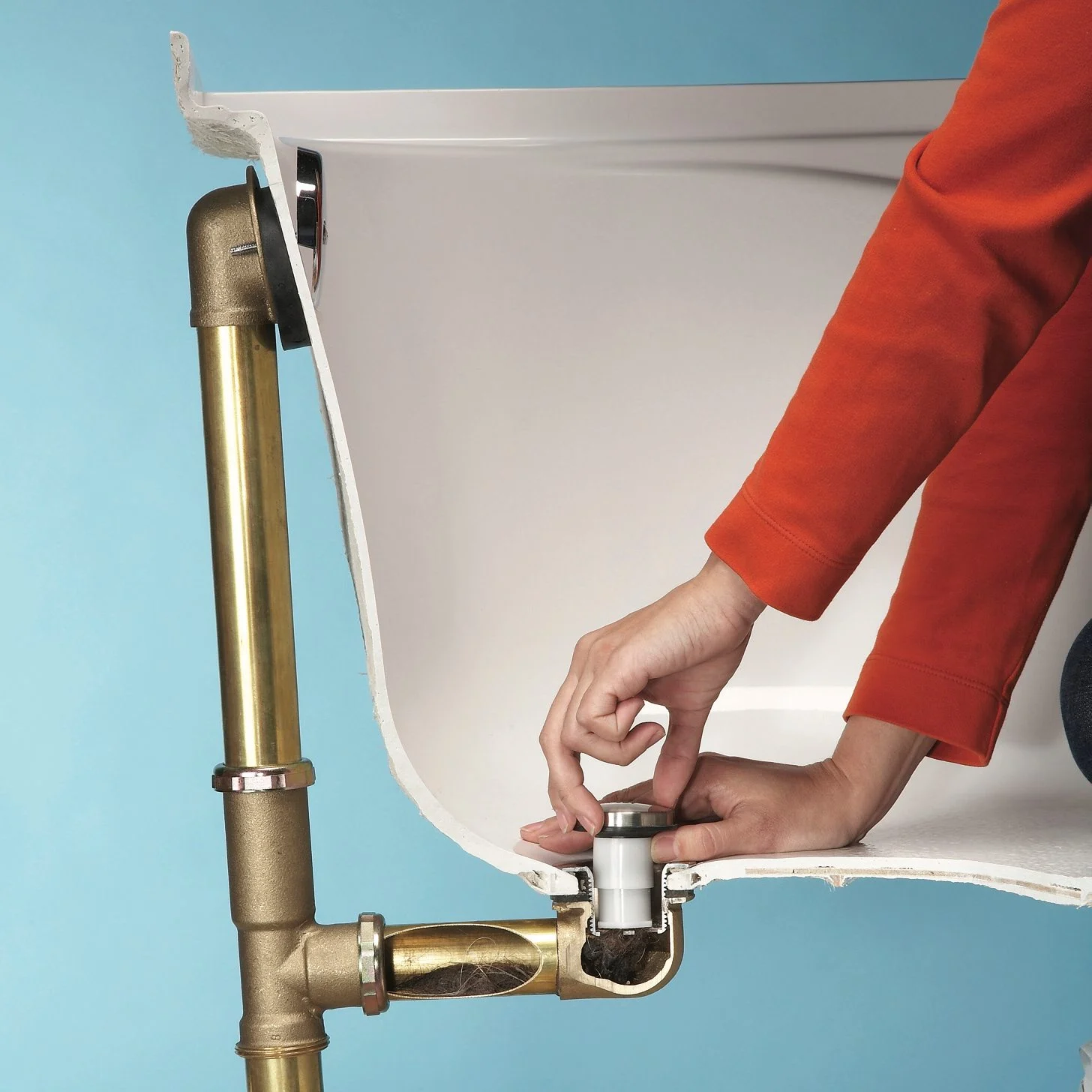
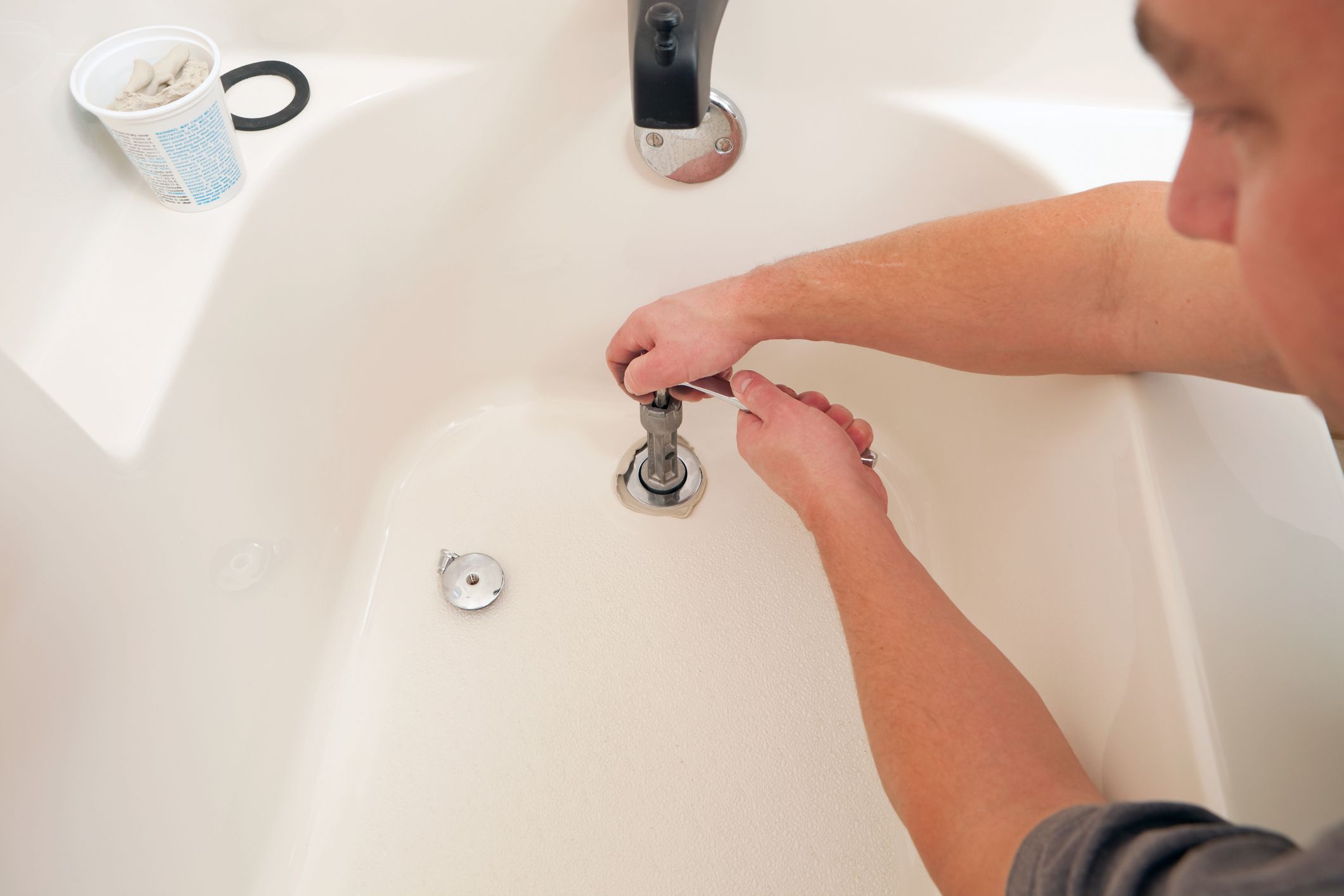

0 thoughts on “What To Do If Your Bathtub Won’t Drain?”